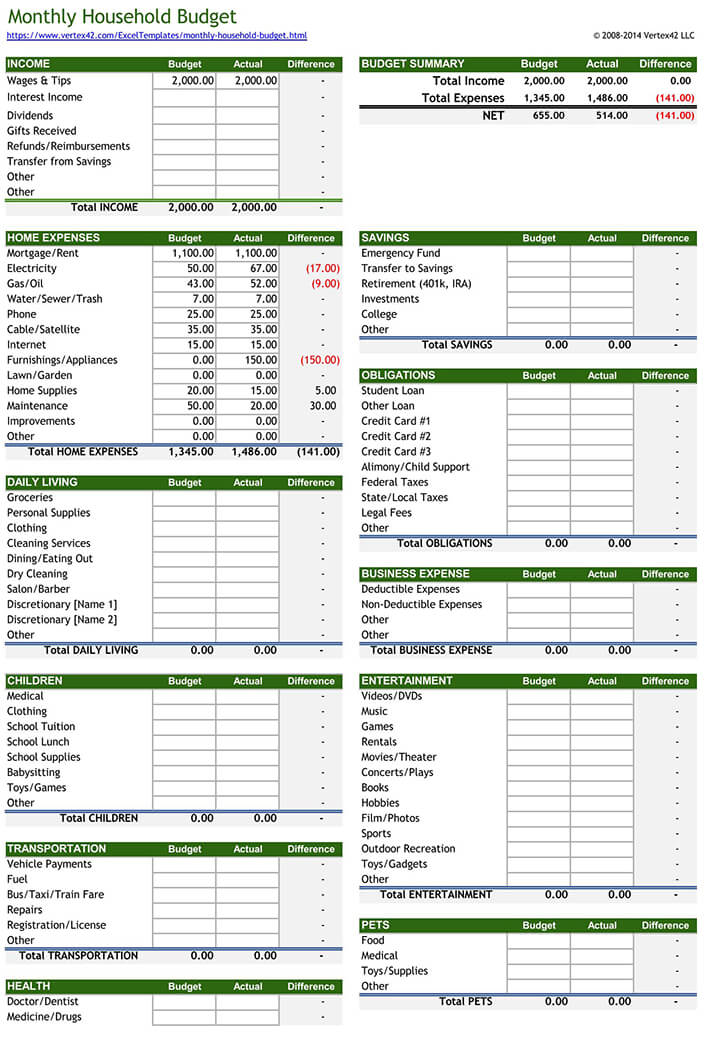

Somewhere in this 30% is your discretionary spending, or “wants” but they certainly won’t make up the entire 30%.įinally, there’s 20% for debt repayment and savings. Then the 30% are expenses you have some control over, and will want to reduce if you can. In our spending plan, 50% of expenses are fixed things that don’t change from month to month, like rent and certain utilities. It’s really more for flexible expenses vs. We do offer a budget worksheet with a 50/30/20 plan on it, but we don’t count the 30% as “wants”. This is wildly unrealistic-it’s quite irresponsible to tell someone to set aside nearly a third of their income for wants. And eventually, hopefully, that 20% will someday be entirely devoted to things like savings and investments.Īnother problem with the 50/30/20 plan as expressed above is the “30%” for discretionary spending. The “20%” for savings is a worthy goal, but that’s not where our clients are-some significant part of that 20% will need to be used to pay down outstanding debt. There is nothing set aside for debt repayment, and for everyone we serve, that’s an essential category. The first problem with this 50/30/20 plan is what’s missing. When it’s put that way, we strongly urge people to avoid this system, which for most people will be unrealistic. We prefer to give more comprehensive advice.Īnother suggestion is to divide your income with a 50/30/20 spending plan: set aside 20% of your income for savings, 50% for necessary living expenses, and 30% for discretionary spending. On a basic level, this is sound advice, but it’s easier said than done in a lot of cases. We’ve seen it suggested that you should adopt a simple 20/80 plan: save and invest 20% of your income and live on the other 80%.

The trend seems to be toward simple advice.
Creating a household budget how to#
With the economy in turmoil, more experts are proposing different ideas about how to financially plan for their household spending. That being said, here are our best recommendations for managing your household budget. Over the decades we’ve spent educating consumers about managing their personal finances and conquering their debt, we’ve seen countless different strategies for household financial plans.


 0 kommentar(er)
0 kommentar(er)
